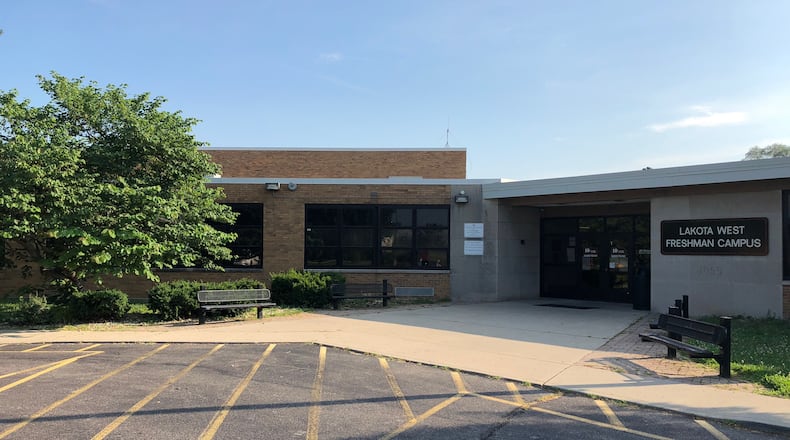A “master facilities plan” is essential for Lakota’s future, said district officials.
And while public input is being gathered — and many decisions remain to be made in the coming months — any replacement or upgrade of existing Lakota buildings will likely require asking residents to approve higher school taxes to supplement state construction funding for projects.
But Lakota officials said no decisions as to the timing or size of a possible tax hike have been made.
“As we look to the future, it is crucial that we have a master facilities plan in place,” said Betsy Fuller, spokeswoman for Lakota Schools.
The work toward such a facilities plan actually started prior to the March 2020 onset of COVID-19 and was paused during the pandemic until recent months, though surveys of school parents, staff and others have been an on-going, periodic process.
“Our buildings are our most important physical asset, valued at more than $400 million dollars. Since the start of the facilities planning process, we have engaged our community to gather feedback about the future of education in Lakota,” said Fuller.
“Some common themes have included safety, smaller class sizes, flexible learning spaces, personalized learning to meet the needs of each individual student, collaboration and mental health. These are all things that will be considered as we look at our current learning spaces and determine what is best for the future.”
District officials have narrowed down four possible plans and is asking the public to see those plans’ details on Lakota’s website along with possible scenarios involving varying amounts of state funding to cover some of the building and renovation costs through the Ohio Facilities Construction Commission.
“The (school) board has not determined when we would ask our community for their (financial) support,” Fuller said.
But the upcoming public meetings, which include tours of some of Lakota’s schools, are a major step in reaching out to the community for more input.
“Our upcoming community engagement sessions are an opportunity to share the work that has been done so far, introduce the four options our board is considering and gather feedback about these options.”
The facilities proposal would also include new grade-band configurations eliminating the standalone freshman buildings, bringing grades 9-12 to the Lakota East and Lakota West high schools, said officials.
In a released statement, officials said the Lakota Board of Education “will need to determine if they want to partner with the OFCC to offset some of the estimated costs of the final plan through the Expedited Local Partnership Program (ELPP). At this time, it is estimated that ELPP could contribute approximately 25% of the cost of an OFCC approved plan, which is roughly $100 million.”
The first of three public facilities meetings will be 7 to 8 p.m. May 31 at Lakota West Freshman School, which was opened in 1959 as Lakota’s original high school, at 5050 Tylersville Road.
Two other meetings will follow at 7 to 8 p.m. June 1 at Hopewell Junior School, at 8200 Cox Road and 7 to 8 p.m. June 6 at Woodland Elementary at 6923 Dutchland Parkway.
Building tours will be provided at each meeting location at 6:30 p.m.
Fuller said additional public meeting opportunities will be scheduled in the coming months.
About the Author

